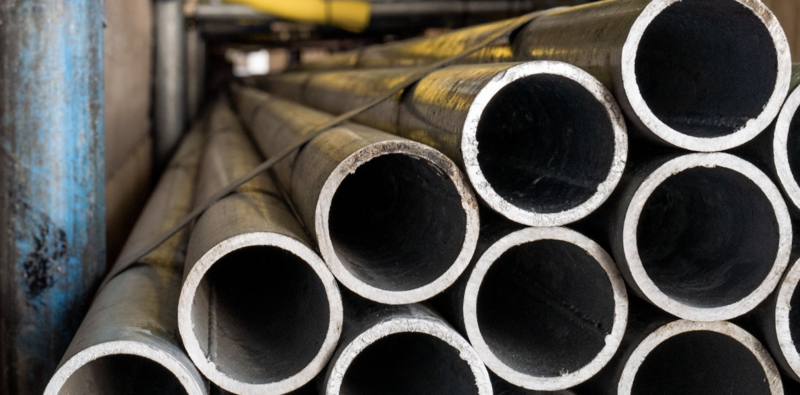After hitting more speed bumps than a driver in a school zone, the completion of the Trans Mountain pipeline (TMP) expansion is near.
Driving the news: After narrowly avoiding a crushing regulatory blow, the TMP expansion will begin filling up with crude oil for the first time next month and is expected to start transporting oil in early April. By year’s end, it’ll be running at full capacity.
Catch-up: Initially proposed over a decade ago as a private endeavour, the expansion of a 1950s pipeline meant to connect an Alberta oil patch to a B.C. port faced so many setbacks that the feds had to step in and save the project by purchasing it for $4.5 billion in 2018.
- The project then faced even more setbacks — from forest fires to difficult terrain, to alleged mismanagement — and the expected price tag has more than quadrupled.
- The expected cost of completing the project shot up to $30.9 billion from the $7.4 billion estimation in 2018. The government plans to sell it, though likely at a loss.
Why it matters: The expansion may have been one costly boondoggle after another, but it could still pay off. It’s expected to nearly triple the pipeline’s capacity and allow sweet Canadian crude to make its way to the West Coast, making it easier to tap into the Asian export market.
- Global oil demand reached an all-time high last year, and now Canada is poised to become the world’s production leader. In fact, oil prices shot up on the news.
- In its first two full years of operation alone, the TMP stands to rake in ~$5 billion in profits by helping move more of this black gold.
Yes, but: Fossil fuels may be riding high right now, but the party could be over before the pipeline even pays for itself. In case we haven’t written enough about it already, the green transition is in full swing and oil demand is projected to peak by the decade’s end.—QH
